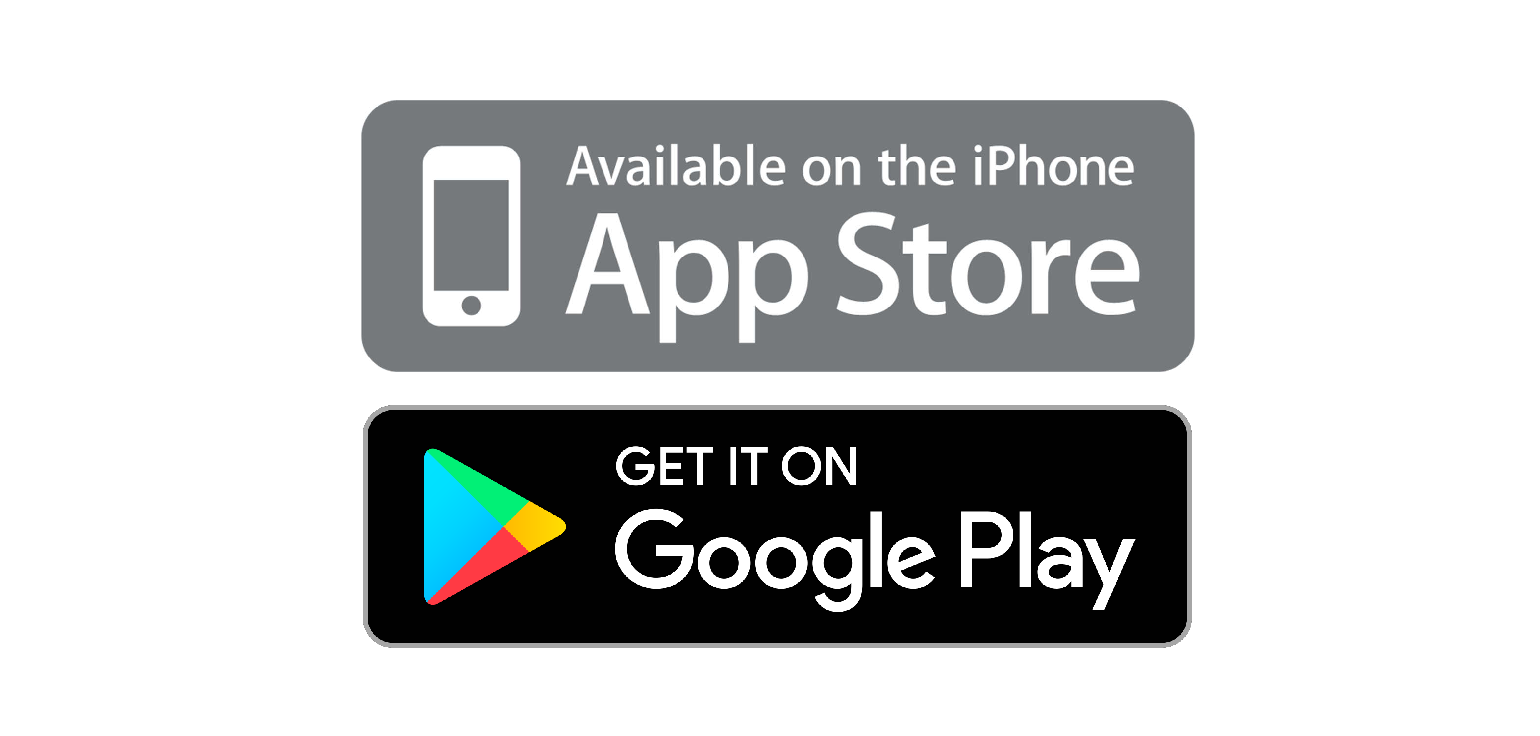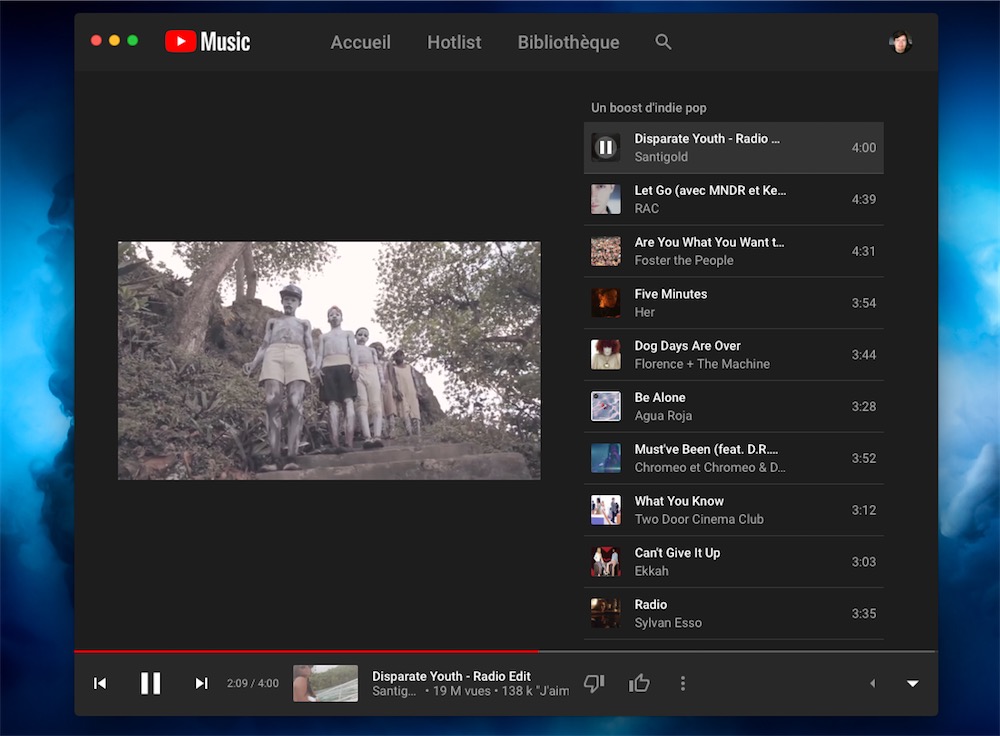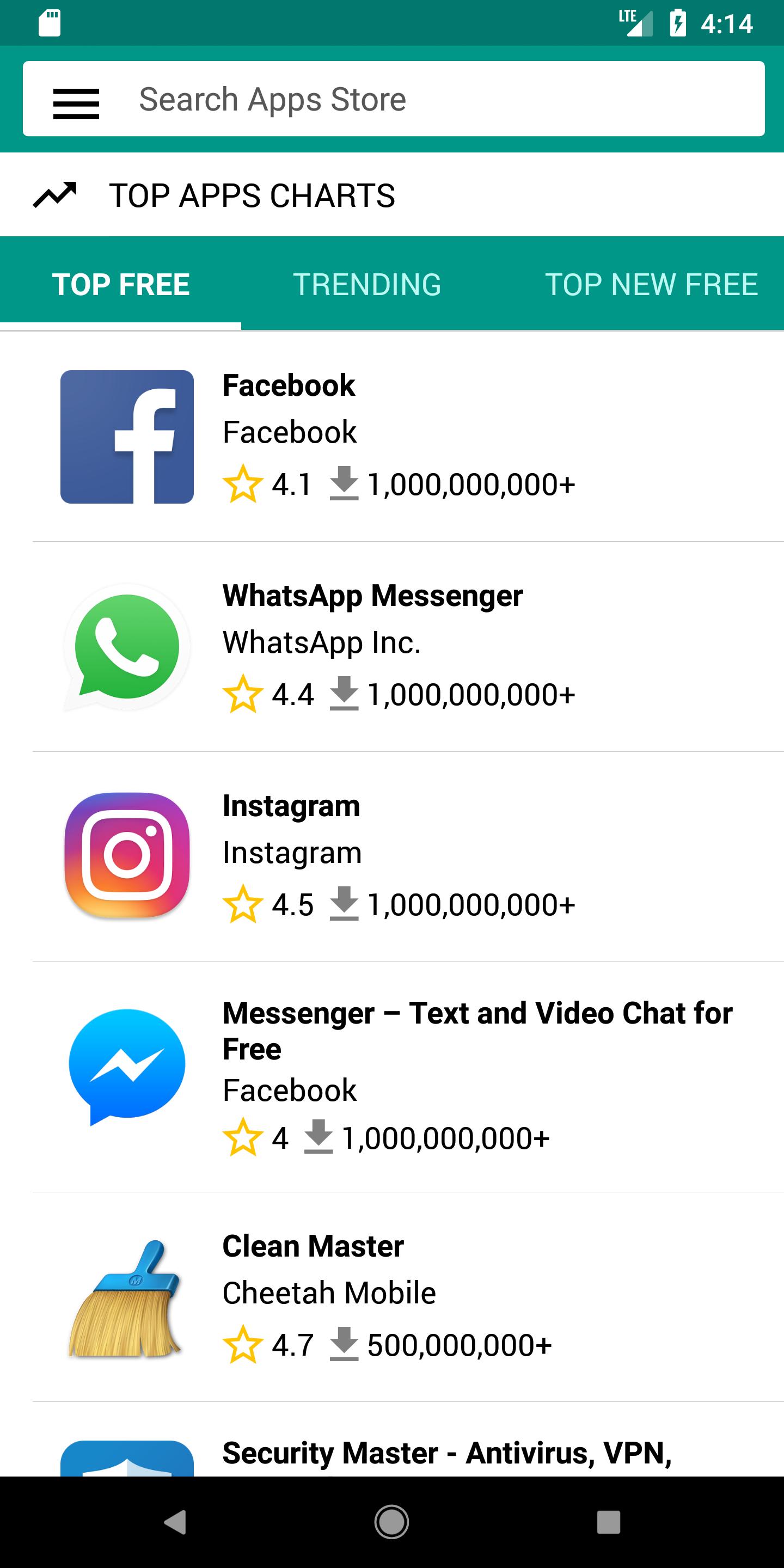Safe Market or Security Market is a secure Android mobile app store which claims a very strict review process to ensure that it only lists secure apps. Its primary feature is that all advertisements, push notifications and other user harassments are rejected, presumably giving the user a more secure and private app store experience. Google Play, formerly Android Market, is a digital distribution service operated and developed by Google.It serves as the official app store for devices running on 'Google certified' Android operating system, allowing users to browse and download applications developed with the Android software development kit (SDK) and published through Google. Google Play also serves as a digital media store.
- App Store Android Market
- App Markets For Android
- All App Stores For Android
- Black Market Android App Store
- Google Android App Store Android Market
May 01, 2019. APP Market 1,0,0,0 - Clover. Best Apps Market is a very comprehensive application. Besides helping you find the best apps for Android, it also allows you to manage all of them from a very easy-to-use interface. The main problem with Best Apps Market is that instead of downloading the application's APK (as you would do on Uptodown), it redirects you to the Google Play Store.
We are well aware that the Google Play Store has been available for years now and that it effectively replaced Android Market. However, the Android Market can still be found on a few devices, mainly those running older versions of Google's operating system.
Last month, the online search giant officially ended support for Android Market on devices with Android 2.1 Eclair and below. What this means is that users are no longer able to access or install apps from Google's old app store. This shouldn't bother a lot of people, as these versions of Android aren't used by many and don't even show up on monthly distribution charts anymore.
Google also mentioned that it will continue to support 'later versions of Android Market for as long as feasible.' Exactly what that means is anyone's guess, but I think it's safe to say that the company will eventually end support for Android Market on other versions of its operating system — and probably sooner rather than later.
Because Google has brought up the topic of its old app store recently, we decided to make a post explaining exactly what Android Market was, as well as when Google Play replaced it and why. Additionally, we'll talk about how to upgrade to Google Play in case your device still has the old Android Market on board.
The story behind Android Market

Google launched the Android Market way back in 2008. Just like the current Google Play Store, it allowed you to search for apps and download them to your device. As the popularity of Android smartphones grew, Google expanded its business by offering users more than just apps. You had the option of buying music, e-books, as well as movies.

At that point, the Android Market name didn't really make much sense anymore and caused quite a bit of confusion among some users. The reason was that you actually didn't have to own an Android device to buy something from Google's store and get access to various content. You could, for example, buy and download an e-book and just read it on your PC.


App Store Android Market
To avoid confusion, Google decided to rebrand the Android Market. In 2012, Google Play was launched. Along with the new name, the design of the store changed as well. The main idea behind the new look was to put more emphasis on other available content such as e-books, and music, and not just on apps. Whereas the Android Market had small tabs for e-books, music, and other content on top, Google Play made them bigger and placed them front and center, which is still the case today.
Additionally, the company also rebranded Google Music to Google Play Music, Google Books to Google Play Books, and Google Movies to Google Play Movies, essentially bringing all of the services under one name and making it clearer that you can access all of them from one place — the Google Play Store.
When Google Play launched, it made its way to Android smartphones running Android 2.2 Froyo and higher. This means that devices with older versions of Google's operating system were left with the old Android Market, which was killed off at the end of last month, as already mentioned at the beginning of this post.
How to upgrade to the Play Store?
If you still have the Android Market on your device for whatever reason, it's probably best if you upgrade it to the newer and much improved Google Play — provided you are running Froyo or newer. As soon as you open the Android Market app, a window will pop up saying that a new version is available for download. Then just follow the directions on your screen, and in a minute or two the Android Market will be replaced by Google Play. If the update window doesn't show up when you open the app, you'll have to clear the cache of the Android Market.

Just open up the Settings menu, go to Apps or Application manager (this may differ depending on your device), and go to All apps. Then just find and select the Android Market app, and tap on 'Clear cache.' After that, just open Android Market again on your device and the update window should appear.
[related_videos align='center' type='latest' videosnum='4″]App Markets For Android
Final thoughts
When Google Play launched in 2012, it was a big improvement over Android Market, although it basically does the same thing. The online store has only gotten better over the years and is extremely simple to use with easy access to apps, movies, music, and more.
All App Stores For Android
As the popularity of Android grew, so did the number of available apps. When Android Market was rebranded as Google Play, the store had around 700,000 apps available. Today, that number is close to three million!
Black Market Android App Store

Google launched the Android Market way back in 2008. Just like the current Google Play Store, it allowed you to search for apps and download them to your device. As the popularity of Android smartphones grew, Google expanded its business by offering users more than just apps. You had the option of buying music, e-books, as well as movies.
At that point, the Android Market name didn't really make much sense anymore and caused quite a bit of confusion among some users. The reason was that you actually didn't have to own an Android device to buy something from Google's store and get access to various content. You could, for example, buy and download an e-book and just read it on your PC.
App Store Android Market
To avoid confusion, Google decided to rebrand the Android Market. In 2012, Google Play was launched. Along with the new name, the design of the store changed as well. The main idea behind the new look was to put more emphasis on other available content such as e-books, and music, and not just on apps. Whereas the Android Market had small tabs for e-books, music, and other content on top, Google Play made them bigger and placed them front and center, which is still the case today.
Additionally, the company also rebranded Google Music to Google Play Music, Google Books to Google Play Books, and Google Movies to Google Play Movies, essentially bringing all of the services under one name and making it clearer that you can access all of them from one place — the Google Play Store.
When Google Play launched, it made its way to Android smartphones running Android 2.2 Froyo and higher. This means that devices with older versions of Google's operating system were left with the old Android Market, which was killed off at the end of last month, as already mentioned at the beginning of this post.
How to upgrade to the Play Store?
If you still have the Android Market on your device for whatever reason, it's probably best if you upgrade it to the newer and much improved Google Play — provided you are running Froyo or newer. As soon as you open the Android Market app, a window will pop up saying that a new version is available for download. Then just follow the directions on your screen, and in a minute or two the Android Market will be replaced by Google Play. If the update window doesn't show up when you open the app, you'll have to clear the cache of the Android Market.
Just open up the Settings menu, go to Apps or Application manager (this may differ depending on your device), and go to All apps. Then just find and select the Android Market app, and tap on 'Clear cache.' After that, just open Android Market again on your device and the update window should appear.
[related_videos align='center' type='latest' videosnum='4″]App Markets For Android
Final thoughts
When Google Play launched in 2012, it was a big improvement over Android Market, although it basically does the same thing. The online store has only gotten better over the years and is extremely simple to use with easy access to apps, movies, music, and more.
All App Stores For Android
As the popularity of Android grew, so did the number of available apps. When Android Market was rebranded as Google Play, the store had around 700,000 apps available. Today, that number is close to three million!
Black Market Android App Store
Google Android App Store Android Market
Although Android Market still exists on older devices in certain cases, it will eventually be phased out as soon as the number of active users on certain versions of the OS decreases. In some cases, that might happen quite soon.

